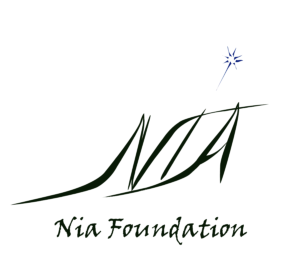
The Joy center strongly believes in incorporating several forms of therapy that will enable autistic children to unleash their potential and enhance their quality of life within and outside of the academic setting. It is also Joy center’s strengths that our class sizes are small so that each child gets the attention and time that they need from the caregivers. It is our constant effort that the student to caregiver ratio doesn’t exceed 2:1. Joy center’s children attend nine types of different programs in each seven-hour academic day. The children have six hours of therapy and skills training programs and an hour of break.
1. Attending Skills Training
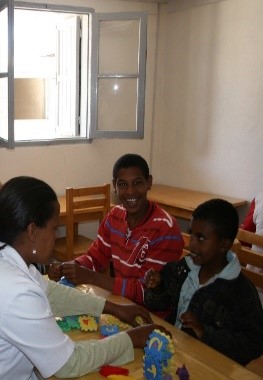
When children are initially admitted to Joy center they are enrolled into the attending program. This program’s goal is to smoothly and calmly transit the child from isolation to a group setting. In this program the child learns to remain calm in group settings, to self-soothe and to transition successfully. Independence in personal care skills such as toileting and self-hygiene are also important goals of this program. Once a child can independently remain seated for thirty minutes and has started to grasp personal care and direction following skills, the child is then transitioned into the other program.
2. Speech Therapy
The speech therapy program is designated so that the children will learn the basics of languages and speech. Each speech program is paced according to the verbal and non-verbal/expression communication abilities of the group of children that the teacher has enrolled within the class. The children learn the basics of writing and reading alphabets, numbers, words, and phonetics and simple sentence constructions. Regarding the training the center uses a homemade/ indigenized methodology called ABUGIDA FONETIKS which is a language curriculum and tool based on Geez alphabet, (the root of northern languages such as Tigraic and Amharic or Fidel) mixed with phonetics using visual aids
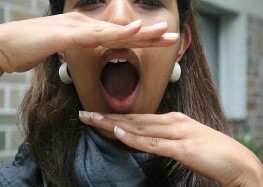
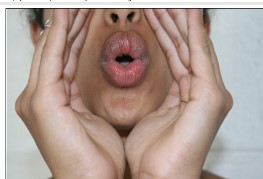
3. Sensory Integration Therapy
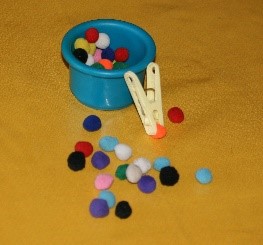
This program integrates the multiple research advances in Occupational and Sensory therapy. The children are provided with several forms of sensory stimulation via different methods. The children process sensory data through tactile, visual input touch auditory stimulation as well as physical and massage therapy. The sensory program is integral part of Joy center’s curriculum because it enables the children to learn self-soothing skills as well as provide them with enough sensory data input to ensure the success of the remainder of the programs.
4. Outgoing/Shopping and Social Interaction
The shopping program was designated to build skills that the children could utilize outside of the Joy center gates. The children are provided with a list of items to purchase and prepare a meal. The program enables the children to work on money goals, develop mathematical skills, and practice their social thinking and skills. Most importantly, the children are able to go outside in the community and inter act with the society while purchasing their items. They also improve their direction following skills by utilizing recipes to prepare the meals.
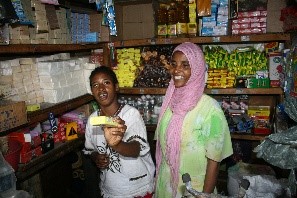
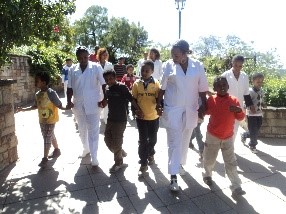
5. Physical Exercise / Sports
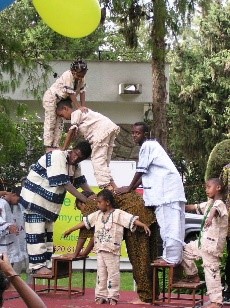
Joy center recognizes that physical health is as important as mental health. Therefore, sport activities and treatments are also part of our curriculum. The program’s goal is to help the children develop their gross and fine motor skills, strengthen their inner and outer balance, and building muscular and skeletal strength. Different forms of physical exercises are an integral part of this therapy program
6. Pre-academic Training
The main purpose of this program is to prepare the students for the academic program. The academic is more rigorous and requires focus and work. Therefore, the children learn to work in a group setting, sit for extended periods of time, listen to verbal prompts and complete certain tasks on demand. This program is focused on transitioning the children smoothly into their academic divisions.

7. Academic Training
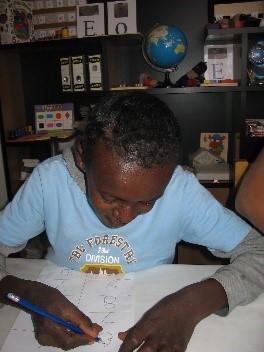
Once students transition from the pre-academic program, the rigorous curriculum begins. The children learn mathematics operations, reading, writing and comprehension, shapes and colors and logic. The children receive adequate breaks and the types of subject matters being taught are also rotated so that they remain engaged. The children also have access to the playroom throughout the day, where the media center and sand box is provided for play and entertainment.
8. Occupational Therapy
This program integrates many forms of occupational therapy, personal and self-care skills, fine and gross motor skills. The children learn cloth care skills (dressing and undressing), how to make a bed, maintain a clean space, shoe tying, making and receiving a phone call, and different activities that build their motor skills. Some examples of this are bead work, arts and crafts, tracing, cutting, and origami.
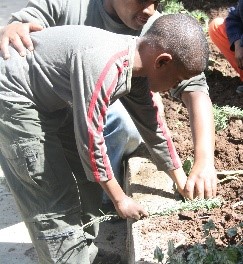
9. Play and Music Therapy
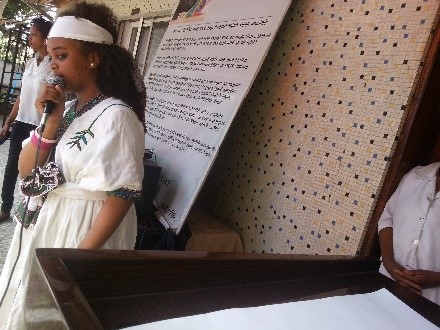
The main focus of this program to teach the children how to play with a variety of toys and music, to work on social skills that will prepare the child for play dates with her/his peers, and to increase the capacity for participation in social situations. Play and music are wonderful tools for helping children (and sometimes even adults) to move beyond autism’s self-absorption into real, shared interaction. Properly used, they can also allow youngsters to explore their feelings, their environment, and their relationships with parents, siblings and peers.
